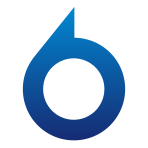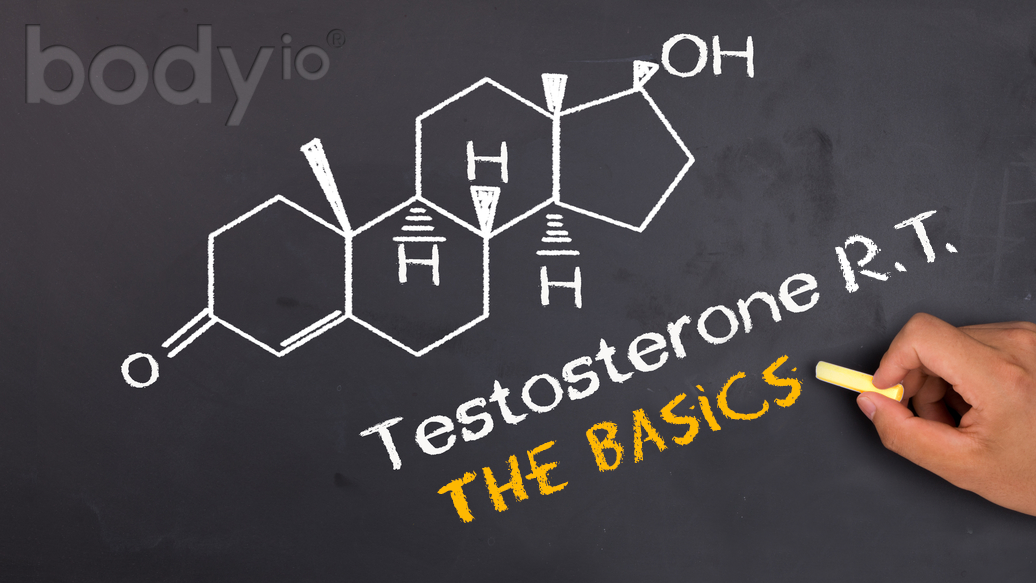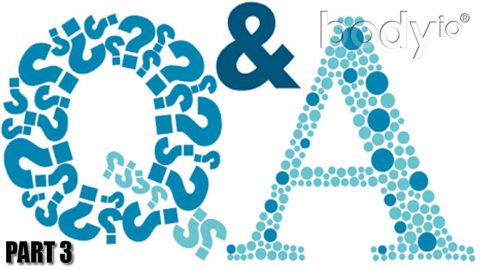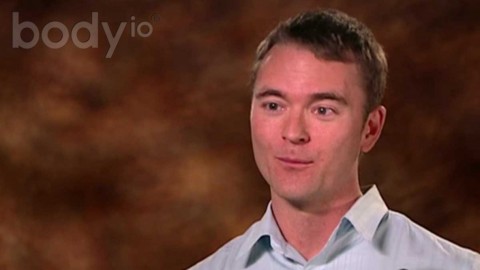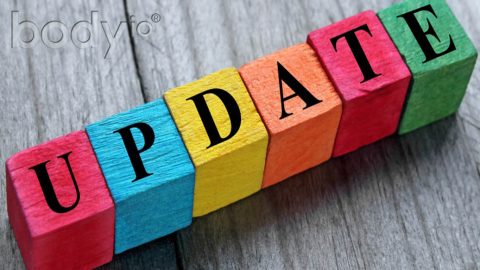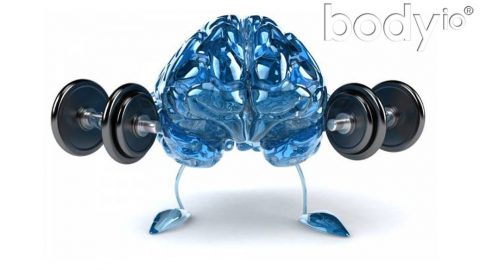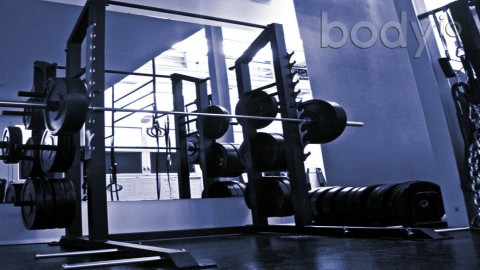here is a lot of controversy about testosterone replacement therapy (TRT). People who rely on television to get all of their information about TRT are almost certainly confused. On the one hand, they see companies promoting TRT products[1], and on the other they see attorneys offering TRT users help in suing these companies for damages potentially caused by TRT, such as an increased risk of heart attacks and strokes[2]. As an aging male, I’ve been looking into the research on the pros and cons of TRT for a number of years and I would like to share what I’ve discovered with you.
This article has three parts: Part 1 addresses the basics of TRT, covering issues such as dosage, methods of administration, half-life, its role in muscle growth, and aromatization. Part 2 moves on to examining the role of TRT in increasing the risk of heart disease, stroke, and other risks, and what new research says about these risks. Finally, Part 3 addresses what the research says about the benefits of TRT for both men and women, and its potential use as a treatment for many important, debilitating, and costly health conditions.
Part 1: The Basics
Today, TRT is primarily used by men with subnormal testosterone levels associated with hypogonadism[3] (a fancy way of saying that a man’s gonads produce an insufficient amount of testosterone for whatever reason) that has been confirmed by clinical blood tests. There are two main types of hypogonadism: the first is associated with a testicular disorder (primary), and the second is associated with insufficient production of gonadotropic hormones in the pituitary gland (secondary)[4]. Hypogonadism is associated with aging[5,6] and a number of other issues, such as increases in adipose tissue (excess body fat) that acts to convert testosterone to estradiol (estrogen)[7], thereby reducing total and free testosterone levels.
Low levels of testosterone (Low T) are associated with a long list of minor and major deleterious effects in men: disrupted sleep or insomnia, increased body fat and obesity, loss of lean muscle, reduced sex drive, erectile dysfunction, infertility, loss of motivation, depression, increasing severity of sleep apnea, increased risk of congestive heart failure[8], osteoporosis, HIV infection, renal failure, obstructive pulmonary diseases[9], and decreased insulin sensitivity[10]. In addition, deficient testosterone also contributes to increased inflammation, insulin resistance, unfavorable lipid profiles, endothelial dysfunction, vascular stiffness, hypertension, atherosclerosis, and increased risk of death[11].
TRT Dosage, Methods of Administration, and Half-Life
TRT generally aims for a total dose of testosterone of about 100 to 120 milligrams (mg) per week, but it can be as low as 50 mg or as high as 400 mg per week depending on blood test results. The actual amount and frequency of TRT doses can vary by the type of synthetic testosterone used and the methods of administration. For example, 25 mg to 50 mg of short-acting testosterone must be injected intramuscularly two to three times per week; in contrast, 50 mg to 400 mg of long-acting testosterone can be injected intramuscularly every two to four weeks. Testosterone gels are another option. These gels are generally applied everyday and deliver anywhere from 5 mg to 10 mg of testosterone. TRT can also be administered orally, through skin patches, and via subcutaneous implants[12].
Half-Life
The half-life of testosterone is the time it takes for half of the active dose of testosterone to be used up by the body. For example, the half-life of a dose of 100 mg is the point at which only 50 mg is left; the half-life of this 50 mg is when 25 mg is left, and so on. The half-life of testosterone can vary between a few hours to a few weeks, depending on the type of synthetic testosterone used and how it is administered. The half-life of oral forms of testosterone may be as short as a few hours, while the half-life of some long-acting injectable testosterones can reach 14 days.
Bioidentical Hormones
The emergence of bioidentical hormones occurred in the hormone replacement therapy context after menopause. Bioidentical hormones are compounds individualized to a specific person. While bioidenticals initially offered promise, follow-up research showed that they delivered little benefit over earlier hormone replacement therapies[13]. Bioidentical testosterone prepared for postmenopausal women was also not shown to be not superior to other forms of TRT[14].
Because bioidentical testosterone is individualized, each dosage batch must be individually prepared. The efficacy of this TRT depends heavily on the processing and sterilization practices of the preparers. A 2014 article described an investigation of pharmacies engaged in compounding bioidentical testosterones. The study examined the adherence of these pharmacies to standards of processing and quality control from 2008 to 2012. The results of the investigation showed that the compounding practices of many pharmacies fall short of the standards. The study also showed, however, that those pharmacies that compounded more bioidentical testosterone did a better job of adhering to standards and quality control compared to pharmacies less experienced in compounding. Thus, the benefit of bioidentical testosterone to patients depends heavily on the skill and expertise of the preparing organization.
Muscle Growth
Until the passage of the 1990 law making the use of steroids illegal[15], the use of synthetic testosterone (steroids) was legal and freely used by bodybuilders to improve muscle growth. It is well known that increasing dosages of testosterone leads to increased muscle growth and strength[16,17]. Some bodybuilders still use testosterone but go way beyond the typical TRT dose, sometimes taking as much as 1000 mg of testosterone per week and cycling on and off it.
Aromatization
Aromatization is the conversion of testosterone to estradiol (estrogen) by aromatase, an enzyme found in the liver. Men and women need both testosterone and estrogen to be in proper balance for overall health[20]. When levels of testosterone in men are raised to unnatural levels artificially, the body works to balance out the levels through aromatization. This can lead to men developing female breast tissue, a condition called gynecomastia[21], or infertility[22]. To avoid these side effects, the conversion of testosterone to estradiol is restrained through the use ofan aromatase inhibitor, such as Arimidex® (anastrozole)[23].
Aromatase Inhibition Side Effects
Aromatase inhibition has been associated with other mixed and not-so-visible side effects on brain physiology and functioning. Inflammation in the hippocampus (a long-term memory and emotional center)[24], protection of presynaptic connections in the hippocampus[25], and impairment of hippocampus functioning[26] have all been associated with aromatase inhibition. Unfettered aromatization and its inhibition have been linked to changes in cognitive function in older men: more conversion of testosterone to estradiol appears to aid verbal memory, whereas testosterone left unchanged appears to aid spatial memory[27].
Part 2 addresses the risk associated with TRT.
[expand title=”References (click to expand)”]
- Androgel: An “HONEST” DRUG COMMERIAL! https://www.youtube.com/watch?v=B5pY1Dvxe8Q
- Testosterone Lawsuit TV Commercial. https://www.youtube.com/watch?v=a9mJf3hkzv0
- Schubert, M., & Jockenhövel, F. Late-onset hypogonadism in the aging male (LOH): definition, diagnostic and clinical aspects. Journal of endocrinological investigation. 2004; 28(3 Suppl), 23-27.
- Heller, C. G., & Nelson, W. O. Classification of male hypogonadism and a discussion of the pathological physiology, diagnosis and treatment. The Journal of Clinical Endocrinology & Metabolism. 1948; 8(5), 345-366.
- Vermeulen, A., & Kaufman, J. M. Diagnosis of hypogonadism in the aging male. The Aging Male. 2002; 5(3), 170-176.
- Matsumoto, A. M. Fundamental aspects of hypogonadism in the aging male. Reviews in urology. 2003; 5(Suppl 1), S3.
- Cohen, P. G. Aromatase, adiposity, aging and disease. The hypogonadal-metabolic-atherogenic-disease and aging connection. Medical hypotheses. 2001; 56(6), 702-708.
- What are the symptoms of low testosterone (Low-T)? https://www.medicinenet.com/low_testosterone_low_t/page2.htm#what_are_the_symptoms_of_low_testosterone_low-t
- Corona, G., Vignozzi, L., Sforza, A., & Maggi, M. Risks and benefits of late onset hypogonadism treatment: an expert opinion. The world journal of men’s health. 2013; 31(2), 103-125.
- Yialamas, M. A., Dwyer, A. A., Hanley, E., Lee, H., Pitteloud, N., & Hayes, F. J. Acute sex steroid withdrawal reduces insulin sensitivity in healthy men with idiopathic hypogonadotropic hypogonadism. The Journal of Clinical Endocrinology & Metabolism. 2007; 92(11), 4254-4259.
- Traish, A. M. Adverse health effects of testosterone deficiency (TD) in men. Steroids. 2014 Oct; 88, 106–116. https://www.sciencedirect.com/science/article/pii/S0039128X14001226
- Testosterone Dosage. https://www.drugs.com/dosage/testosterone.html
- Boothby, L. A., & Doering, P. L. Bioidentical hormone therapy: a panacea that lacks supportive evidence. Current Opinion in Obstetrics and Gynecology. 2008; 20(4), 400-407.
- Curcio, J. J., Wollner, D. A., Schmidt, J. W., & Kim, L. S. Is Bio-Identical Hormone Replacement Therapy Safer than Traditional Hormone Replacement Therapy? Treatments in endocrinology. 2006; 5(6), 367-374.
- Steroid Law – The Steroid Control Act(s). https://www.steroid.com/The-Steroid-Control-Act.php
- Bhasin, S., Storer, T. W., Berman, N., Callegari, C., Clevenger, B., Phillips, J., … & Casaburi, R. The effects of supraphysiologic doses of testosterone on muscle size and strength in normal men. New England Journal of Medicine. 1996; 335(1), 1-7.
- Storer, T. W., Woodhouse, L., Magliano, L., Singh, A. B., Dzekov, C., Dzekov, J., & Bhasin, S. Changes in Muscle Mass, Muscle Strength, and Power, but Not Physical Function, Are Related to Testosterone Dose in Healthy Older Men. Journal of the American Geriatrics Societ. 2008; 56(11), 1991-1999.
- Testosterone Enanthate. https://www.anasci.org/testenanthate.htm
- Hoffmann, U. Anabolic steroids—a problem in popular sports. Toxichem Krimtech. 2002; 69(3), 136-142.
- Testosterone and Estrogen Balance in Men. https://health.howstuffworks.com/sexual-health/male-reproductive-system/testosterone-and-estrogen-balance-in-men.htm
- Beg, S., Al-Khoury, L., & Cunningham, G. R. Testosterone replacement in men. Current Opinion in Endocrinology, Diabetes and Obesity. 2008; 15(4), 364-370.
- Testosterone and Aromatase Inhibitors. https://www.peaktestosterone.com/Testosterone_Aromatase_Inhibitors.aspx
- Rhoden, E. L., & Morgentaler, A. Treatment of testosterone-induced gynecomastia with the aromatase inhibitor, anastrozole. International journal of impotence research. 2004; 16(1), 95-97.
- Zhang, Q., Wang, R., Tang, H., Dong, Y., Chan, A., Sareddy, G. R., & … Brann, D. W. Brain-derived estrogen exerts anti-inflammatory and neuroprotective actions in the rat hippocampus. Molecular & Cellular Endocrinology. 2014; 389(1/2), 84-91.
- Chi-Fai, L., Yuen-Shan, H., Clara Hiu-Ling, H., Wuwongse, S., Chun-Hei, P., Kin, C., & … Chang, R. C. Protective Effects of Testosterone on Presynaptic Terminals against Oligomeric ß-Amyloid Peptide in Primary Culture of Hippocampal Neurons. Biomed Research International. 2014; 1-12.
- Bayer, J., Rune, G., Schultz, H., Tobia, M. J., Mebes, I., Katzler, O., & Sommer, T. The effect of estrogen synthesis inhibition on hippocampal memory. Psychoneuroendocrinology. 2015; 56213-225.
- Cherrier, M. M., Matsumoto, A. M., Amory, J. K., Ahmed, S., Bremner, W., Peskind, E. R., & … Craft, S. The role of aromatization in testosterone supplementation: effects on cognition in older men. Neurology. 2005; 64(2), 290-296
[/expand]
